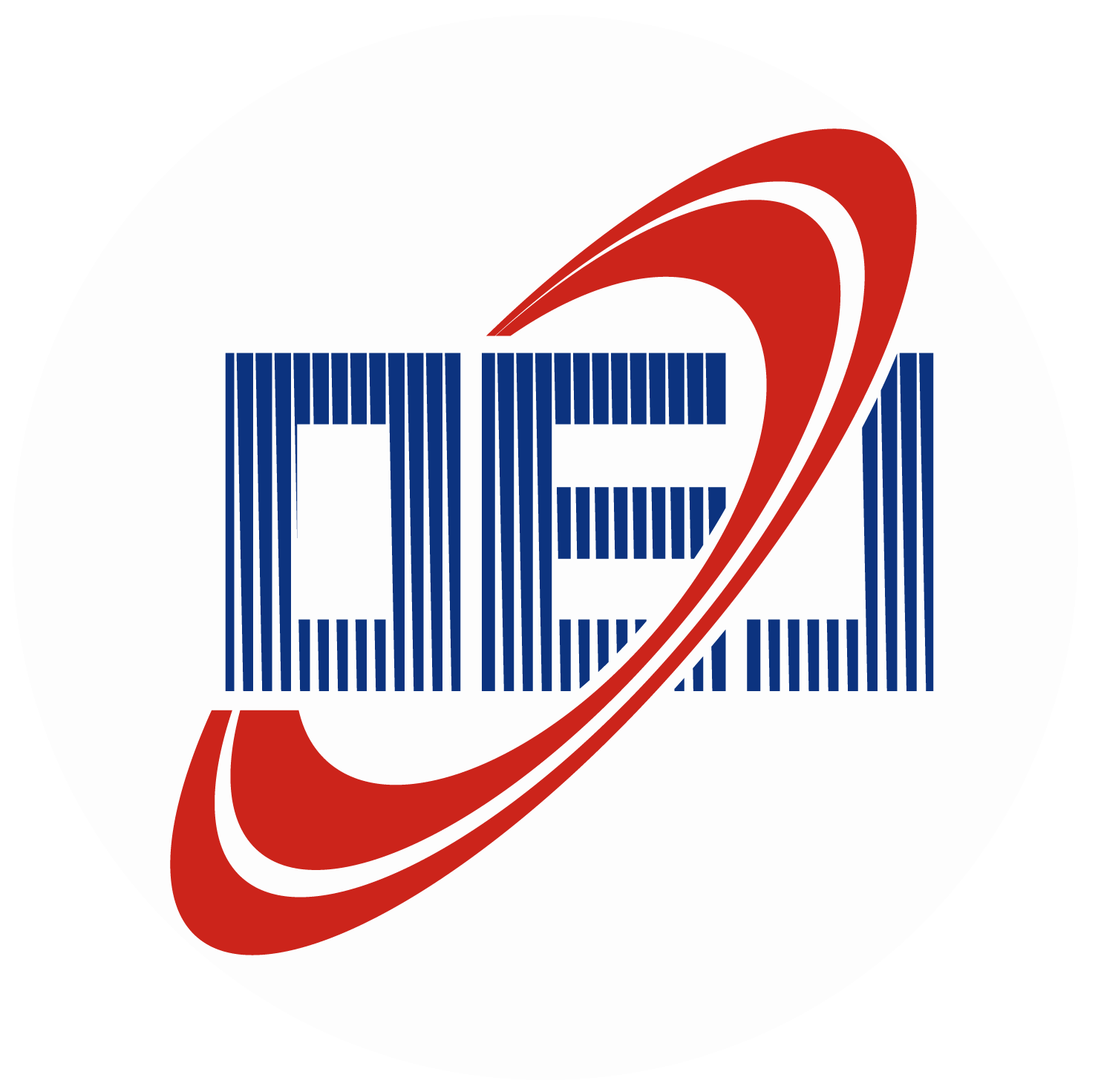-
Abstract
Consumer electronical markets are now promoting a rapid advance in flexible electronics with high integration, miniaturization, and wearable properties, which in turn puts forward new requirements for the fabrication of flexible electronics. Photolithography techniques are advantageous for their high accuracy, but it is disadvantageous due to high cost, complexity, and low efficiency. In comparison, femtosecond (fs) laser micro-nano fabrication, as a high-efficiency and simple technique, has shown its capacity and potential for the fabrication of flexible electronics. This review summarizes five fs-laser based techniques for the fabrication of flexible electronics, including laser synthesis of nanomaterials in liquids, laser-induced nanomaterial chemical-reduction, laser-induced nano joining, laser electrode patterning, and laser surface texturing. The corresponding mechanisms are briefly introduced, followed by a demonstration of typical flexible electronics and their properties. Finally, the challenges in this field are analyzed, and our perspective is provided. -



 E-mail Alert
E-mail Alert RSS
RSS


